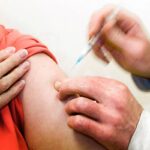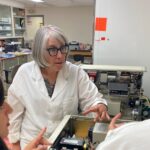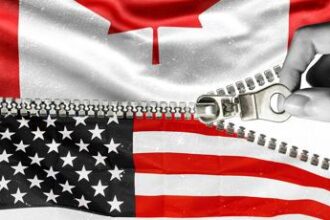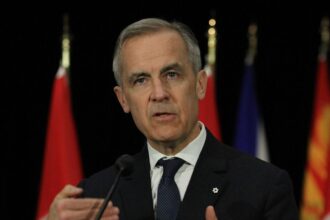The silence around Indigenous men’s health in Canada speaks volumes. While our health-care system prides itself on universal access, the lived reality for Indigenous men reveals a starkly different picture – one marked by persistent inequalities, cultural disconnection, and systemic barriers that have created a health crisis hiding in plain sight.
The statistics tell a sobering story. Indigenous men in Canada face a life expectancy gap of 8.5 years compared to non-Indigenous men, according to Health Canada data. They experience significantly higher rates of chronic diseases, including diabetes at nearly three times the national average, and heart disease at almost double the rate. Perhaps most alarming is the mental health crisis, with suicide rates among Indigenous men approximately five times higher than their non-Indigenous counterparts.
These numbers aren’t just data points – they represent fathers, brothers, sons, and community leaders whose potential is being cut short by a health system that wasn’t designed with their unique needs in mind.
The roots of this health inequity run deep. Colonialism’s legacy has left profound intergenerational trauma that continues to affect Indigenous communities today. The residential school system, forced relocations, and cultural suppression have all contributed to a fractured relationship between Indigenous men and Canada’s mainstream health institutions. Many Indigenous men report experiencing discrimination and culturally insensitive care when they do seek medical attention, leading to delayed treatment or avoidance of the health system altogether.
“The Western medical model often fails to recognize traditional Indigenous approaches to wellness,” explains Dr. James Makokis, a two-spirit Nehiyaw (Cree) family physician from Saddle Lake First Nation. “Health for Indigenous peoples isn’t just about physical symptoms – it encompasses spiritual, emotional, and community wellness in balance.”
This disconnect isn’t just cultural – it’s geographical too. Nearly half of First Nations men live in rural or remote communities where access to basic health services requires hours of travel. In the Far North, seeing a specialist might mean a flight to a southern city, separation from family support systems, and navigating an unfamiliar urban environment alone.
The conventional approach to addressing these disparities has been to develop programs “for” Indigenous communities without meaningful involvement in their design and implementation. This well-intentioned but ultimately flawed approach has resulted in services that don’t resonate with the men they aim to serve.
What’s needed instead is a fundamental shift toward co-developing health systems with Indigenous men as equal partners. This means creating spaces where traditional knowledge is respected alongside Western medicine, where cultural practices are integrated into care protocols, and where Indigenous men see themselves reflected in the healthcare workforce.
Some promising models are emerging. In British Columbia, the First Nations Health Authority represents the first province-wide health authority of its kind in Canada, governed by and serving First Nations communities. Their approach centers Indigenous knowledge and practices while working to improve access to both traditional and modern care options.
Community-led initiatives like Men’s Healing Circles and land-based wellness programs are showing impressive results by reconnecting Indigenous men to cultural practices and building supportive networks. These programs address not just physical health but spiritual and emotional well-being – elements often overlooked in conventional medical settings.
For real change to take hold, we must also address the social determinants of health that disproportionately affect Indigenous men – poverty, inadequate housing, food insecurity, and limited economic opportunities. Health outcomes cannot be separated from these broader conditions.
The federal government’s commitment to reconciliation must extend beyond apologies to include substantive investment in Indigenous-led health initiatives. The Truth and Reconciliation Commission made specific calls to action regarding Indigenous health, including recognizing the value of traditional healing practices and increasing the number of Indigenous professionals in health care. Progress on these fronts remains frustratingly slow.
For those of us who work in health policy and cultural analysis at CO24 Culture, it’s clear that addressing this inequity requires more than just modified services – it demands a fundamental rethinking of how we approach health and wellness for Indigenous men in Canada.
True health equity will only be achieved when Indigenous men have equal say in how their health services are designed, delivered, and evaluated. It means creating culturally safe environments where traditional knowledge is respected, where care addresses the whole person, and where the impacts of historical trauma are understood and addressed with compassion.
This isn’t just about better health outcomes – though those would certainly follow. It’s about recognizing the inherent right of Indigenous men to determine their own health journeys. It’s about acknowledging that true reconciliation must include healing systems that honor Indigenous ways of knowing and being.
As we continue to explore contemporary social trends at CO24, the question remains: will we as a society have the courage to truly decolonize our approach to Indigenous men’s health? Or will we continue with systems that treat symptoms while ignoring the deeper causes of inequity? The path forward requires us to listen, learn, and act in true partnership with Indigenous communities – not as an afterthought, but as the foundation of a more just health system for all.

























